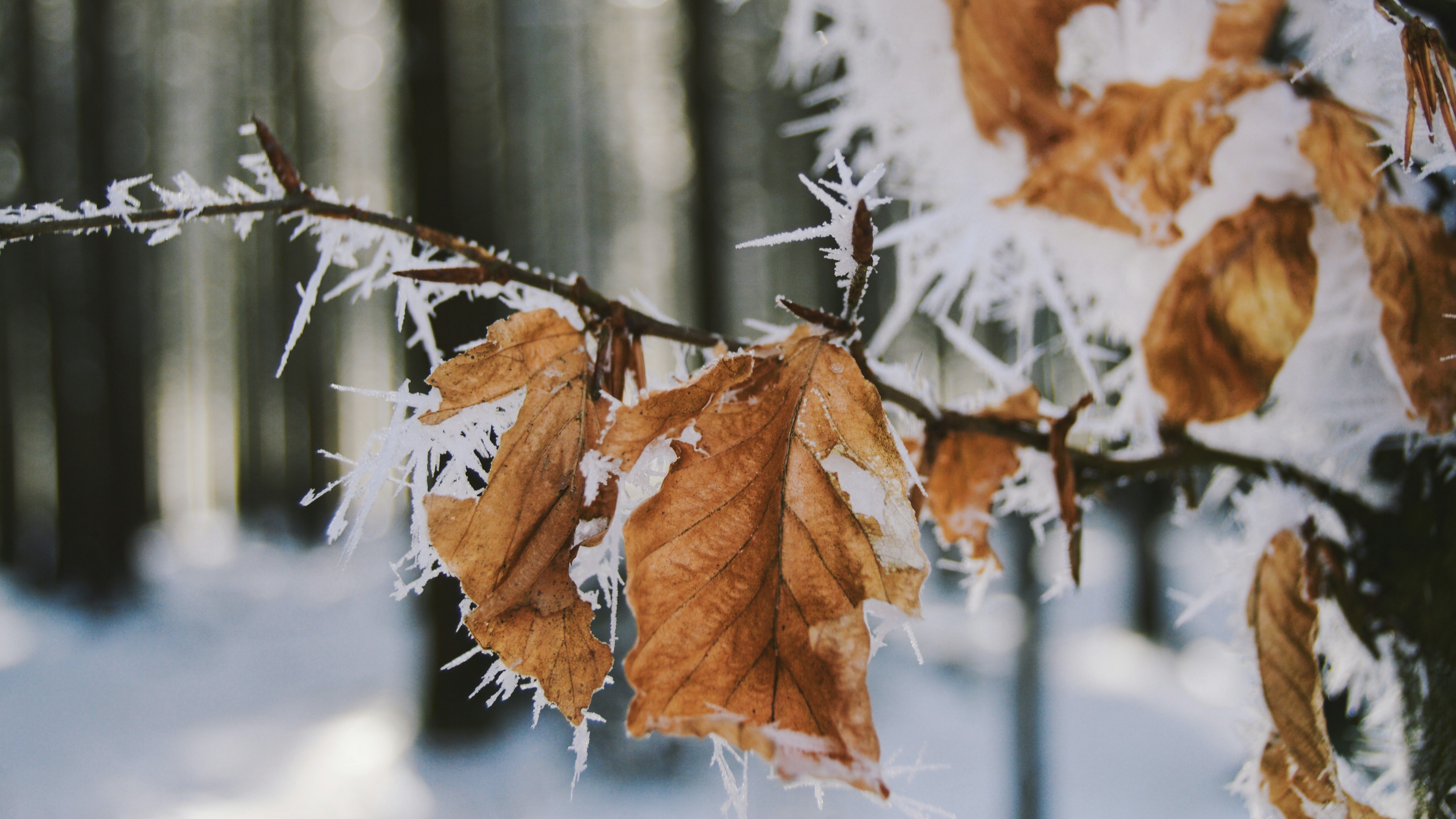
November has arrived almost unexpectedly, especially as the sun is still breaking through in between rain showers. However, as temperatures drop in the coming weeks, there are a few essential garden tasks to tackle before frost sets in.
Today, I’ve rounded up the top 10 gardening tasks for November. Last month, we covered October’s gardening tips, but now it’s time to shift focus to winter gardening.
As usual, I’ve been chatting with Craig Wilson, Co-founder and Director of Gardeners Dream, who shared his top tips for November. Here are his top 10 recommendations to prepare your garden for winter.
Garden maintenance
1. Fill up any bird baths and feeders
As the weather cools and natural food sources start to disappear, it becomes harder for birds to find food. Offering fresh food and water in your garden not only supports local bird populations but also helps control pests, as many birds feed on insects that could otherwise damage your plants.
Fruit and vegetables
2. Pull parsnips after the first frost
After the first sign of frost, and just in time for your Christmas dinner, you should remove your parsnips from the ground. Harvesting before a deep freeze keeps the parsnips in good condition, especially if they’re intended for storage.
3. Plant onions, shallots and garlic
This month is a good time to plant your onions, shallots and garlic, and Craig recommends doing so in raised beds to allow for better drainage.
4. Support your brussels
As we experience more wind, any top-heavy brussels might be at risk of wind rock. To help keep them stable, add a cane to provide some additional support and keep them upright until Christmas.
5. Add grease bands to fruit trees
Winter moths can be a problem for fruit trees, laying their eggs in the leaves. To make it harder for them to do so, pop some grease bands around the trunks to stop them in their tracks.
Flowers, plants and shrubs
6. Plant tulip bulbs
November is an ideal time to plant tulip bulbs because the cool soil temperatures in late autumn help prevent the bulbs from sprouting too early, which is important for their healthy development. Planting in November also gives bulbs enough time to establish roots before the deeper winter chill sets in, whilst still avoiding warmer conditions that could promote fungal growth or rot.
7. Apply mulch
As the temperatures drop, some plants and flowers will need some additional protection. You should look to apply an autumn mulch to any borderline hardy plants.
8. Plant out winter bedding
This month is your last chance to plant out any winter bedding flowers, such as pansies. Make sure to plant them into well-prepared soil or pots with suitable compost.
9. Start moving your tender plants indoors
From November, temperatures will continue to drop making it the ideal time to start moving your tender plants and bulbs indoors. Over the winter, they will need to be stored in the home, or a heated greenhouse.
Lawn care
10. Aerate your lawn
If you haven’t already, you’ll want to aerate your lawn before winter really sets in. Use an aerator or a garden fork to poke holes in the ground to allow for better drainage through the wetter months.







